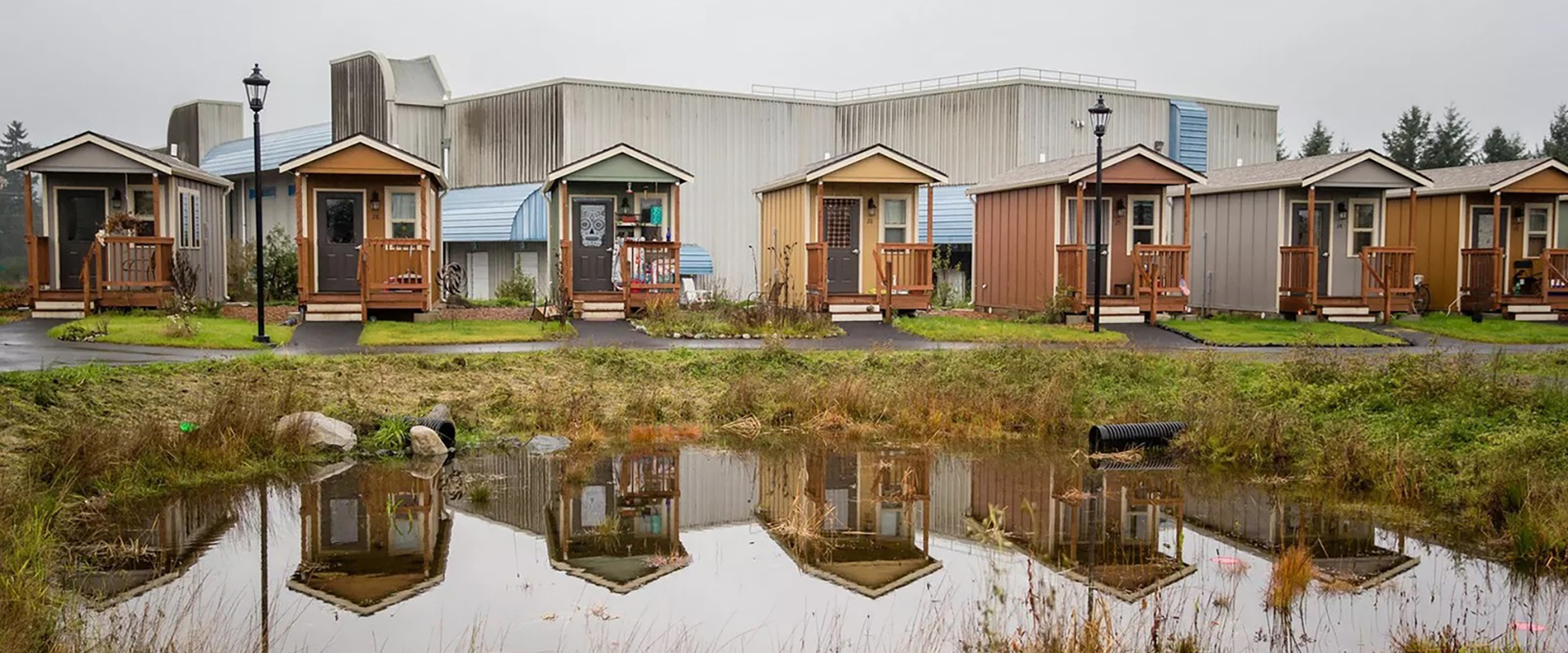Rabbit homes, peak inequality and mortality in the UK: 2015-2020

So much goes wrong when a state is at peak inequality. We convert offices into rabbit hutches for people to live in and their life expectancy also falls. This post contains the foreword to Colin Wile’s Report “Rabbit Hutch Homes: The growth of micro-homes” published by the intergeneration foundation in January 2020 as well as a link to a talk given to the London Inequalities Studies meeting in 20 Bedford Way onJanuary 28th 2020.
—
Housing is one of the most visible forms of intergenerational unfairness facing our society today. We don’t have enough of it in some parts of Britain. We aren’t building or updating and replacing enough of it. We use what we have increasingly inefficiently so that a greater and greater proportion of rooms are not much used within what we have. Older generations have too much of it and younger generations need more of it. While older generations are increasingly under-occupying their suburban homes, and a few are buying more and more holiday homes, younger generations are increasingly likely to rent over-occupied homes squeezed into city centres; or have to mortgage themselves to the hilt to live in often substandard property. The United Kingdom can now claim the dubious title of having the smallest rooms, and the second smallest homes, to be found across all of Europe.
We need to increase the supply of new housing by 300,000 homes each year through a mixture of using what we have more efficiently and building more; and we need to do this for at least the next ten years unless there is net-emigration. So where will these new homes come from? Thanks to high land values, unimaginative planning practices, and land-banking stifling the supply of new developments, micro-homes have been seen as part of the solution, with their number increasing five-fold between 2013 and 2018.
Increasing the supply of housing should bring with it a duty to ensure that the new homes built – whatever their size – are decent, affordable and safe. Can we really say that about the many new micro-homes being built? Where an extra
window or good ventilation is seen as a luxury? Are we willing to accept that the footprint is so small it is impossible to entertain friends – or even a partner? This is not just a London phenomenon: the last two years have seen significant numbers of micro-homes built in the North West, the South East, and Yorkshire and Humber.
As this paper by the Intergenerational Foundation makes plain, we need to call time on quick-profit-seeking speculative developments of rabbit hutch homes. We need to tighten, not loosen, permitted development rights for homes converted from offices or business use and ensure that developers are made to abide by the Nationally Described Space Standard, in order to better protect younger and future generations, many of whom are driven by an aspiration to have a home of their own, like generations before, but are now being targeted by clever and slick marketing techniques. And we need to use what we already have so much more carefully and efficiently, rather than think that we can carry on as we are but provide a micro-home to divert attention from so much that is more and more under-used or empty for much of the year.
Read the full report about housing here or list to the podcast on peak inequality and mortality by clicking play below: